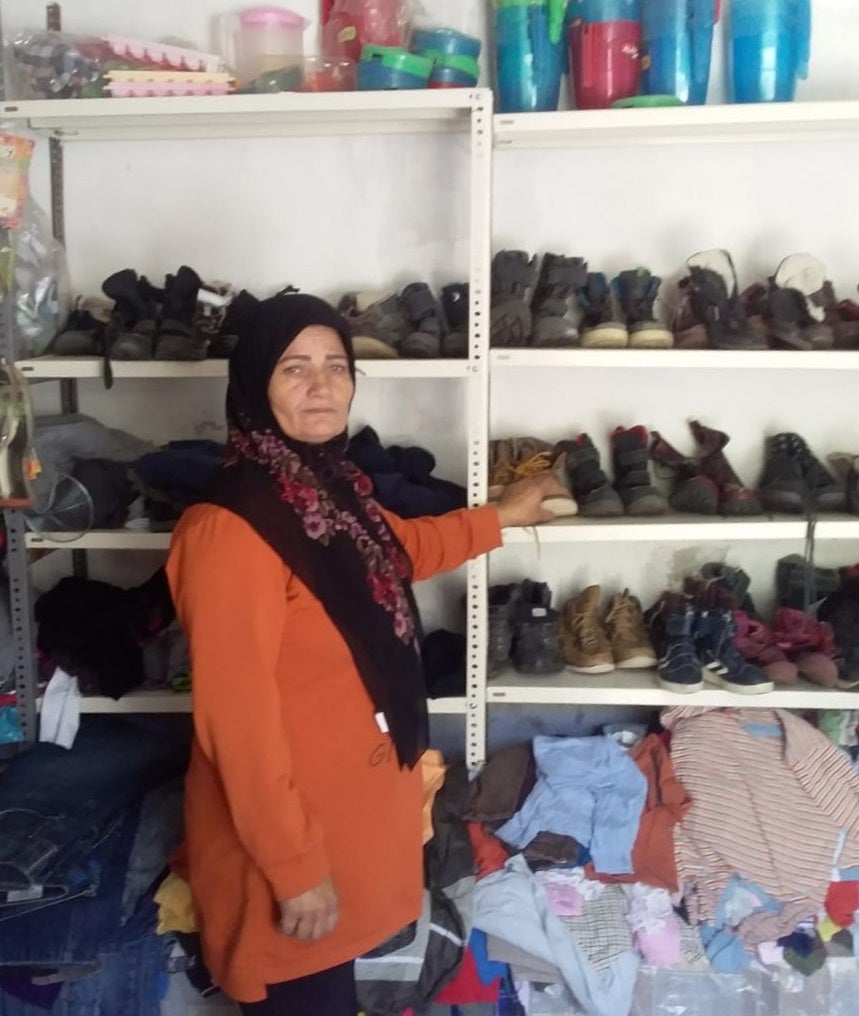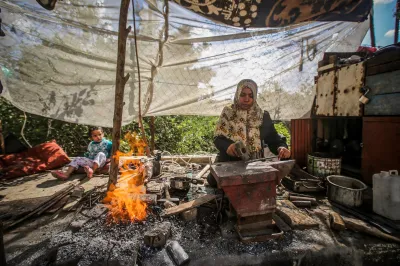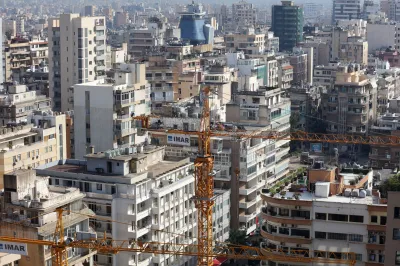Preserving Decades of Development: A Plea for Lebanon
This post is also available in Arabic on the FinDev Gateway.
When I reflect on 2020, I can hardly believe what has happened in my country, Lebanon. Despite experiencing the worsening economic situation, the COVID-19 pandemic and the catastrophic Beirut port explosion, it wasn’t until I saw figures on the toll these crises are taking on microfinance borrowers that it really hit me: decades of hard-earned development are being reversed, slowly but surely, day after day. If the results from this new study from CGAP and the Lebanese Microfinance Association (LMFA) tell us one thing, it’s that immediate action is needed to preserve one of Lebanon’s biggest assets: its talented and entrepreneurial human capital.

Pressured by large fiscal and trade balance deficits, along with declining capital inflows, the Lebanese economy entered a recession in 2019. In light of the financial sector’s high exposure to sovereign risk, the government default on Eurobond repayment in March 2020 exacerbated a banking crisis that had been unfolding for months. Restrictions on money transfers abroad and on cash withdrawals in a dollarized economy further eroded trust in the entire financial system. The depletion of foreign currency reserves generated tensions on the peg that was established in 1997 and led to the proliferation of multiple exchange rates for the Lebanese pound. In turn, the currency’s overall depreciation against the U.S. dollar caused inflation to soar, reaching 137 percent year-on-year in October 2020.
Once claiming the second highest account ownership rate among the Arab world’s developing countries, Lebanon’s economy is becoming cash-based, and digital payments are less and less accepted. The microfinance sector has contracted too. At their peak, LMFA members had an aggregate portfolio over $220 million and served more than 150,000 clients — more than 10 percent of households in Lebanon. Throughout 2020, as Lebanon’s GDP shrank by 25 percent according to IMF estimates, so did the microfinance sector. Non-performing loans increased as borrowers struggled to repay.
It is in this context that CGAP and LMFA surveyed nearly 1,000 microfinance borrowers throughout 2020. Our survey shows that the microfinance sector is shrinking primarily because borrowers’ economic situation deteriorated sharply between the summers of 2019 and 2020. During this time, 50 percent of borrowers either stopped working or had a less stable income. Entrepreneurs, who constitute the large majority of microfinance borrowers, saw their sales decrease by up to 94 percent and faced challenges related to exchange rate fluctuations, the loss of customers and debt repayment. Half of those employed, who make up a small percentage of borrowers, experienced salary cuts, and another 20 percent lost their jobs. Those who cope better and are still repaying their loans on time are borrowers who either had a secondary source of income or another working member in the household, pointing to widespread impact across sectors of activities.
Women, who make up over half of the borrowers and are generally self-employed, were much more affected. Three times as many women as men reported that they have stopped working, and most said they have been handling family care alone during the pandemic.
With such curtailed real-term income and expenses, Lebanon is witnessing food poverty for the first time since the 1915 famine.
Our survey also shows that, like nearly everyone in Lebanon, microfinance borrowers saw their purchasing power decline dramatically as the pound’s exchange rate deteriorated and inflation rose. In summer 2019, the typical borrower household spent more than $1,000 a month. These households average 4.5 members, meaning they were spending $7.90 per person per day. Since then, nominal individual income has decreased, and while households’ nominal spending in pounds has slightly increased, inflation-adjusted spending has dropped by more than half to $3.40.
With such curtailed real-term income and expenses, Lebanon is witnessing food poverty for the first time since the 1915 famine. Roughly 40 percent of microfinance clients in our survey report that they are now unable to meet their basic needs, and 60 percent have cut consumption, including of pricy food items like meat or fruits. While two-thirds still have a roof over their heads because they own a house, being cash-strapped and having to significantly decrease standards of living in less than a year has led 50 percent of households to tap into their life savings, and 43 percent to sell moveable assets, primarily gold.
As the situation continues and savings get depleted, there is a real risk of long-term losses to human capital, as children’s education and health expenses get deprioritized. Half of the borrowers in our study had children in private schools that they can no longer afford and reported anxiety about health care expenses. Understandably, borrowers also reported feeling anxious about their overall debt levels, which are now over five times higher the average disbursed microfinance loan. Borrowing from family, friends and stores has soared, but even this is not enough to cover monthly expenses in many cases. In a sign of distress, 26 percent of borrowers told us they were interested in obtaining a loan to repay existing debt.
The silver lining is that 93 percent of borrowers are satisfied with their microfinance providers. They report that they would borrow again as soon as economic conditions allow.
Donors and investors with a stake in Lebanon must stand by the microfinance sector and its borrowers through their current hardships.
This is truly exceptional amid a nationwide financial meltdown. It reflects the dedication of microfinance staff who have worked hard for years, growing their networks and grooming their portfolios. Such excellence is precisely what needs and deserves to be preserved in the months ahead.
Donors and investors with a stake in Lebanon must stand by the microfinance sector and its borrowers through their current hardships. One option to do so is to leverage the Lebanon Financing Facility, a pooled financing mechanism under the Reform, Recovery, and Reconstruction Framework (3RF) that the European Union, the United Nations and the World Bank Group announced in response to the port of Beirut’s explosion. This would be worthwhile because, in the short term, microfinance can lay solid groundwork to fight rising unemployment and poverty at scale. Longer term, it can contribute to a faster rebound once the economy stabilizes.
Perhaps even more importantly, through the close and supportive relationships microfinance institutions have established with thousands of households, microfinance can give people hope. That’s something that nearly everyone in Lebanon needs, today more than ever.




Add new comment